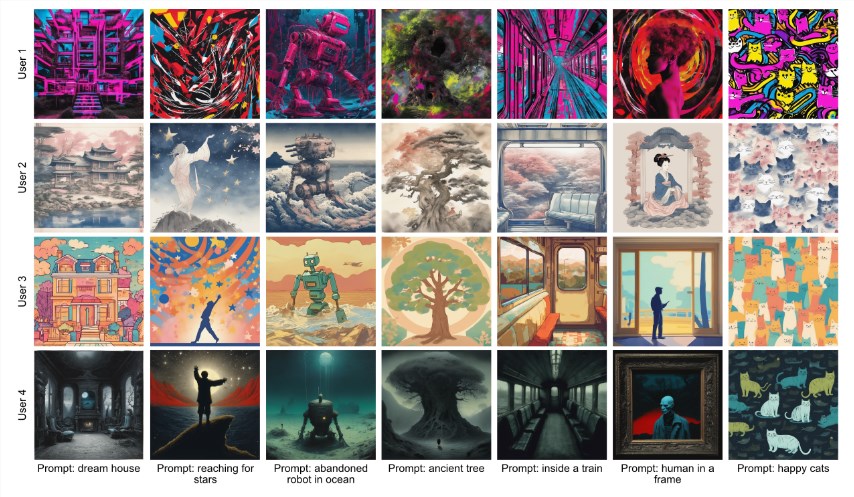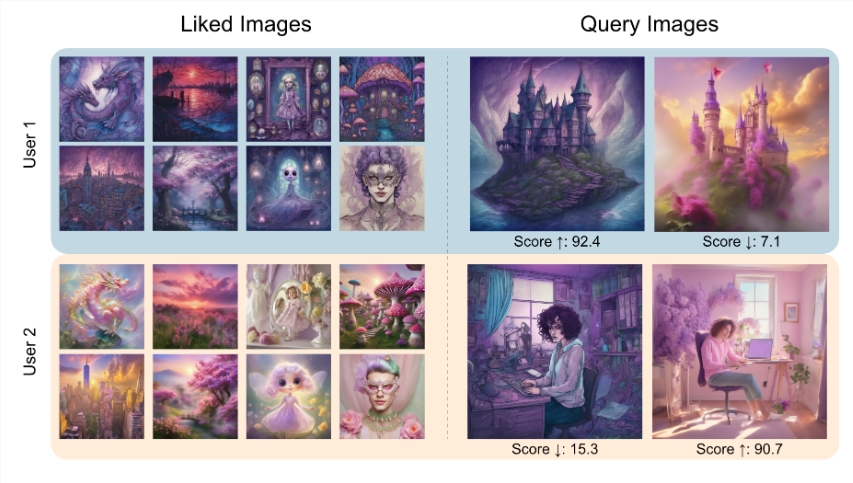A research team from the Ecole Polytechnique Fédérale de Lausanne in Switzerland has launched a new method called ViPer at the upcoming 2024 ECCV conference, which aims to personalize the output of the generated model based on the user's visual preferences. ViPer (Visual Personalization of Generative Models via Individual Preference Learning) allows each user to obtain generated results that are more in line with their own preferences under the same prompts by learning the user's individual preferences. This innovation uses a series of images and comments provided by users to extract individual visual preferences, and provides a proxy scoring mechanism to help users predict their preference for new images, thereby improving user experience and achieving personalized customization of the generated model.
Recently, a research team from the Ecole Polytechnique Fédérale de Lausanne in Switzerland launched a new method called ViPer (Visual Personalization of Generative Models via Individual Preference Learning), which aims to personalize the output of the generative model according to the user's visual preferences.
This innovation will be demonstrated at the upcoming 2024 ECCV conference, and the team hopes to allow each user to obtain generated results that are more in line with their own preferences under the same prompts.


The model of this project has been released on the Huggingface platform, and users can easily download and use it. The VPE model in ViPer is fine-tuned to extract individual preferences from a series of images and comments provided by users.
At the same time, the project also provides a proxy indicator model that can predict the preference score of a query image based on the images that the user likes and dislikes. This means users can better understand their potential preferences for new images.
In addition, ViPer also provides an agent scoring mechanism, where users can calculate the score of a query image by providing like and dislike images. This score ranges from 0 to 1, with a higher score indicating that the user likes the image more. The team recommends that each user provide approximately 8 likes and 8 dislikes to ensure the accuracy of the results.

Highlights:
ViPer extracts individual visual preferences from users’ one-time comments to personalize the output of the generative model.
The model of this project has been released on Huggingface, and users can easily download and use it.
? ViPer provides a proxy scoring mechanism to help users predict their liking for new images.
All in all, ViPer provides a convenient and effective method to achieve personalized customization of generated models and bring a better user experience. Its release on the Huggingface platform also facilitates the use and exploration of more users. In the future, personalized generation models are expected to be applied in more fields to create experiences for users that are more in line with their own needs.